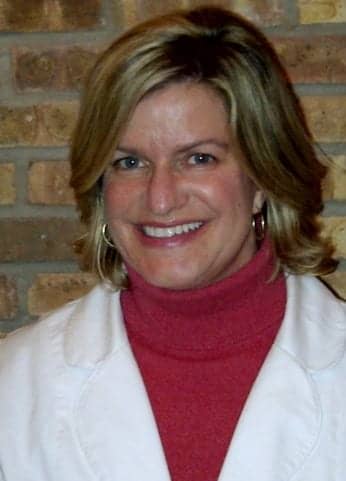Foreword: HR has been a long-time fan of the blog by Jason Galster, PhD, and Katherine Stevens, PhD, and was impressed with their recent self-published book Clinical Topics in Hearing Aid Research. So we asked Dr Galster to contribute a short explanation of WHY they wrote the book.
By Jason A. Galster, PhD

Students and university faculty often have the luxury of accessing journals through bundled subscriptions brokered by their library system. Take MIT as an example: the university libraries have negotiated a bundle with the scientific publisher Elsevier, providing students and faculty access to approximately 25% of the company’s title list. The resulting annual fee is $2 million—an average cost-per-title approaching $3,000.
While those under the university umbrella benefit from the system’s ability to budget for these costs, how would a private individual manage a subscription to scientific journals? Consider a hypothetical audiologist in clinical practice: Dr Rhodes is a scholarly type, keen on best practice and maintaining current knowledge on audiologic research. If Dr Rhodes were to subscribe to the 10 highest impact journals in audiology, her annual cost would approach $4,000.
Assume now that Dr Rhodes has successfully accessed the journals of interest and narrowed her field of study to hearing aids and related publications. Maintaining knowledge in this area requires lightly reading each journal, scanning abstracts, and more thoroughly reading articles that appear to hold value to her larger goal of evidence-based practice in hearing aids—certainly not a trivial proposition, especially for a full-time clinical service provider.
Several years ago, Dr Katherine Stevens and I sat down over lunch to discuss a long-term writing project. Katherine and I come from much different professional environments. She owns a private practice just north of Chicago, and I work in a clinical research environment. In this project we planned to monitor the scientific literature in audiology, looking specifically for publications that offer practical clinical insights to audiologists working with hearing aids. Each month we would ask a clinical question or make a statement about clinical outcomes and address this question or statement through review of a focal research article. Some examples are:
- Do patients with severe hearing loss benefit from directional microphones?
- A comparison of receiver-in-canal (RIC) and receiver-in-the-aid (RITA) hearing aids
- Does listening experience affect a hearing aid wearer’s preferred gain?
- Recommendations for fitting hearing aids to patients diagnosed with cochlear dead regions
Starting with that first meeting, our common goal has always been open information sharing. For three years, these reviews have been posted monthly to our blog for immediate global access. The benefits of addressing these clinical topics related to hearing aids were always apparent: we routinely receive emails from students, faculty, and audiologists in clinical practice thanking us for the discussion and asking insightful questions that often drive us toward new topics.
Our continued effort to encourage information sharing in audiology has led to the new book Clinical Topics in Hearing Aid Research. This book is a collection of the topic-driven reviews that have appeared as the most interesting to the audiology community. We made the decision to self-publish this book, allowing us the luxury to price hard copies and e-books at our cost and distribute through any vendor. Today the book is available through Amazon, Barnes & Noble, and the iBookstore.
Clinical Topics in Hearing Aid Research should prove a valuable resource for students, faculty, and practicing audiologists at any stage in their careers. Katherine and I recommend that you begin by turning to the Table of Contents and selecting among the topics to find what’s most interesting; whether you start toward the front or back, the information should be insightful, reflecting well on the high-quality research that lays a foundation for our collective evidence base in audiologic clinical practice.
About the Authors







